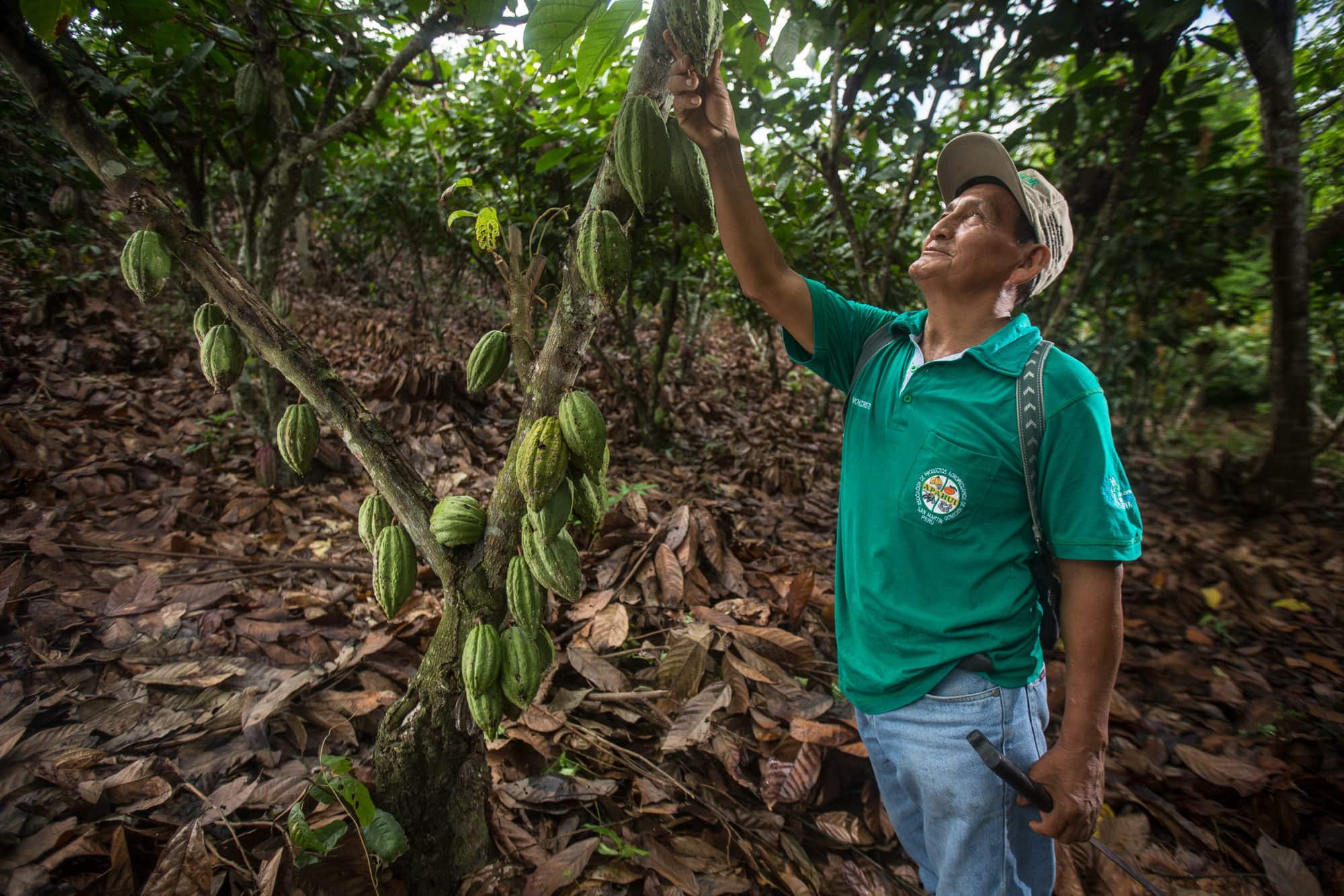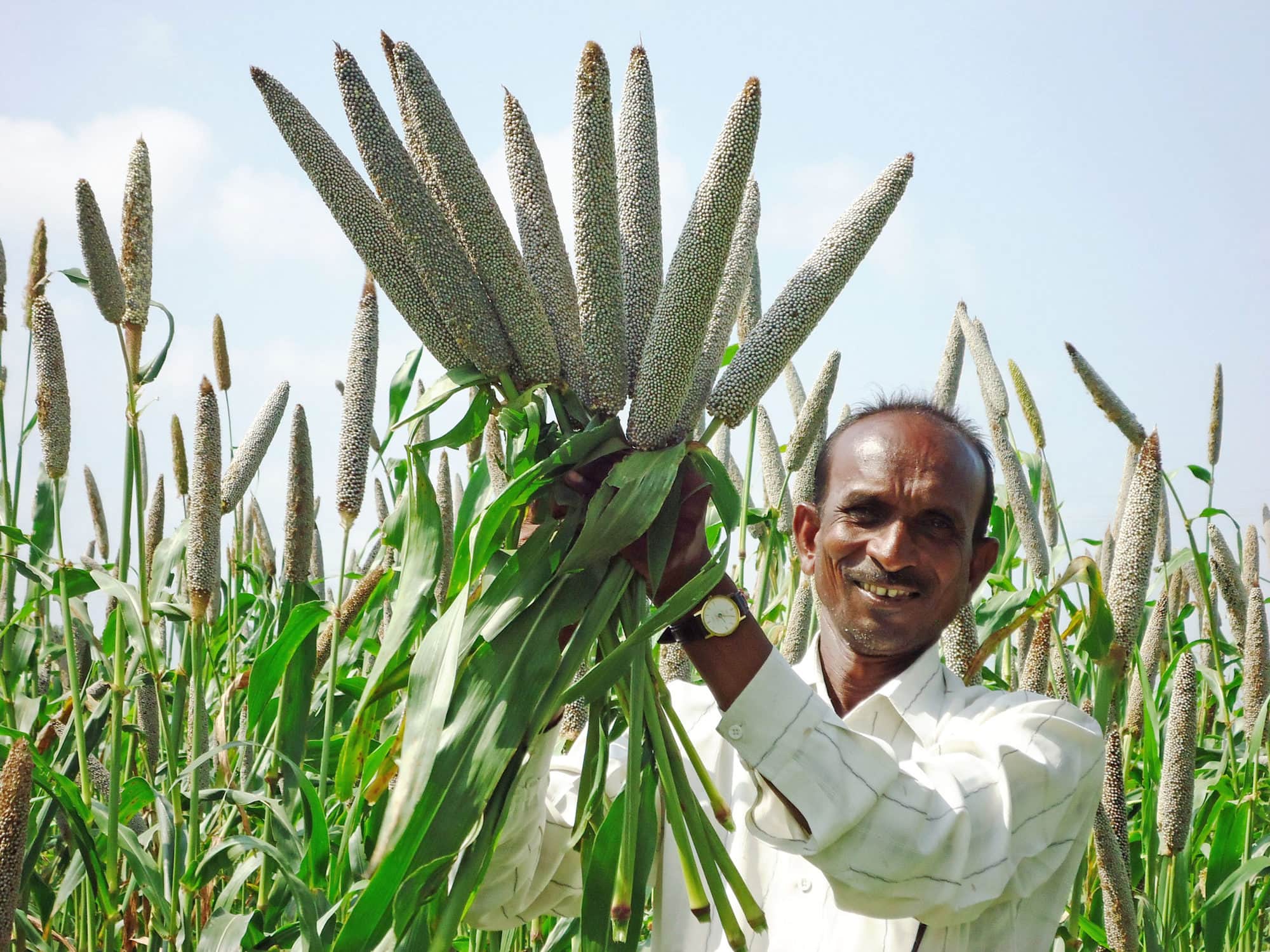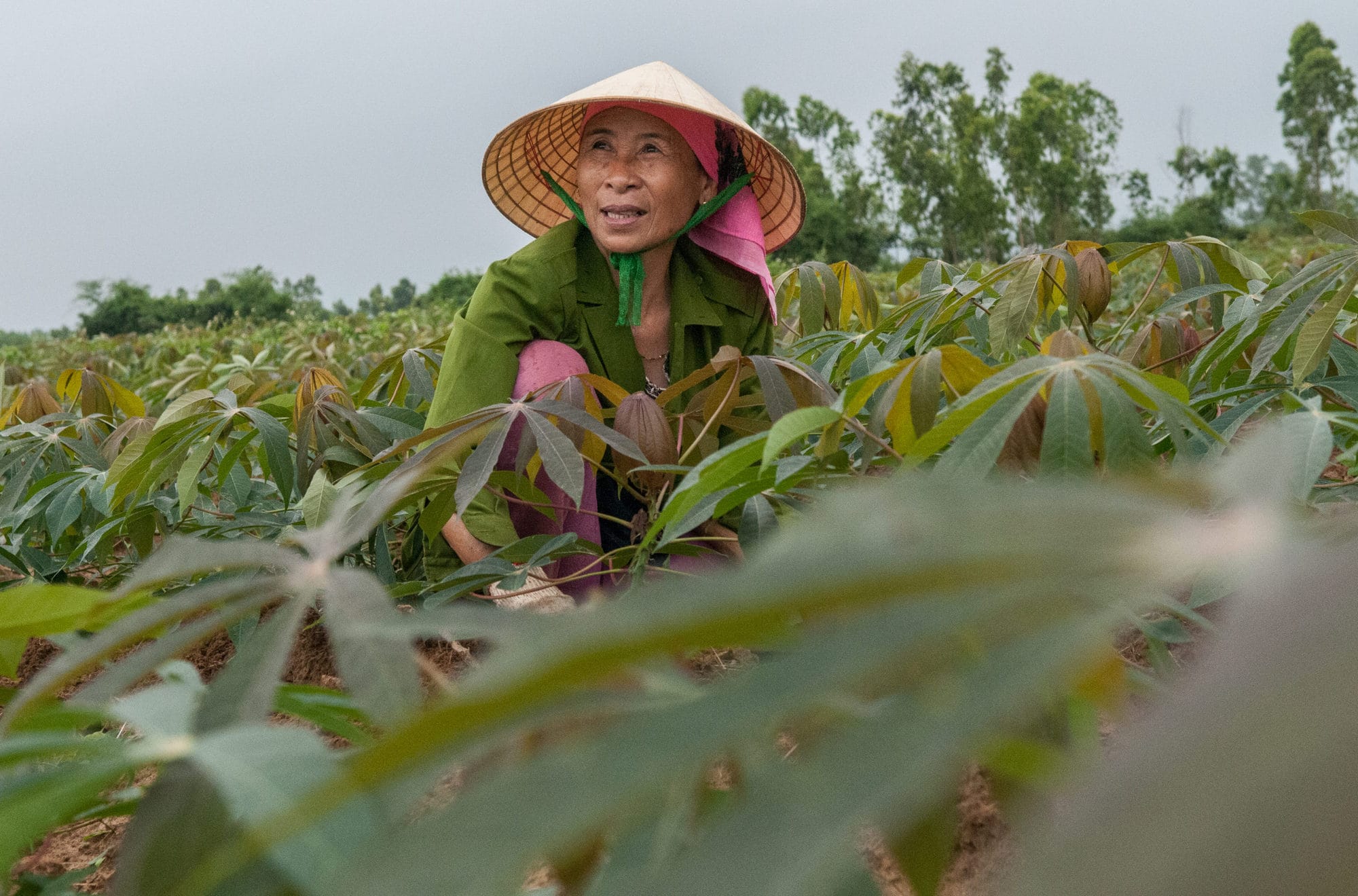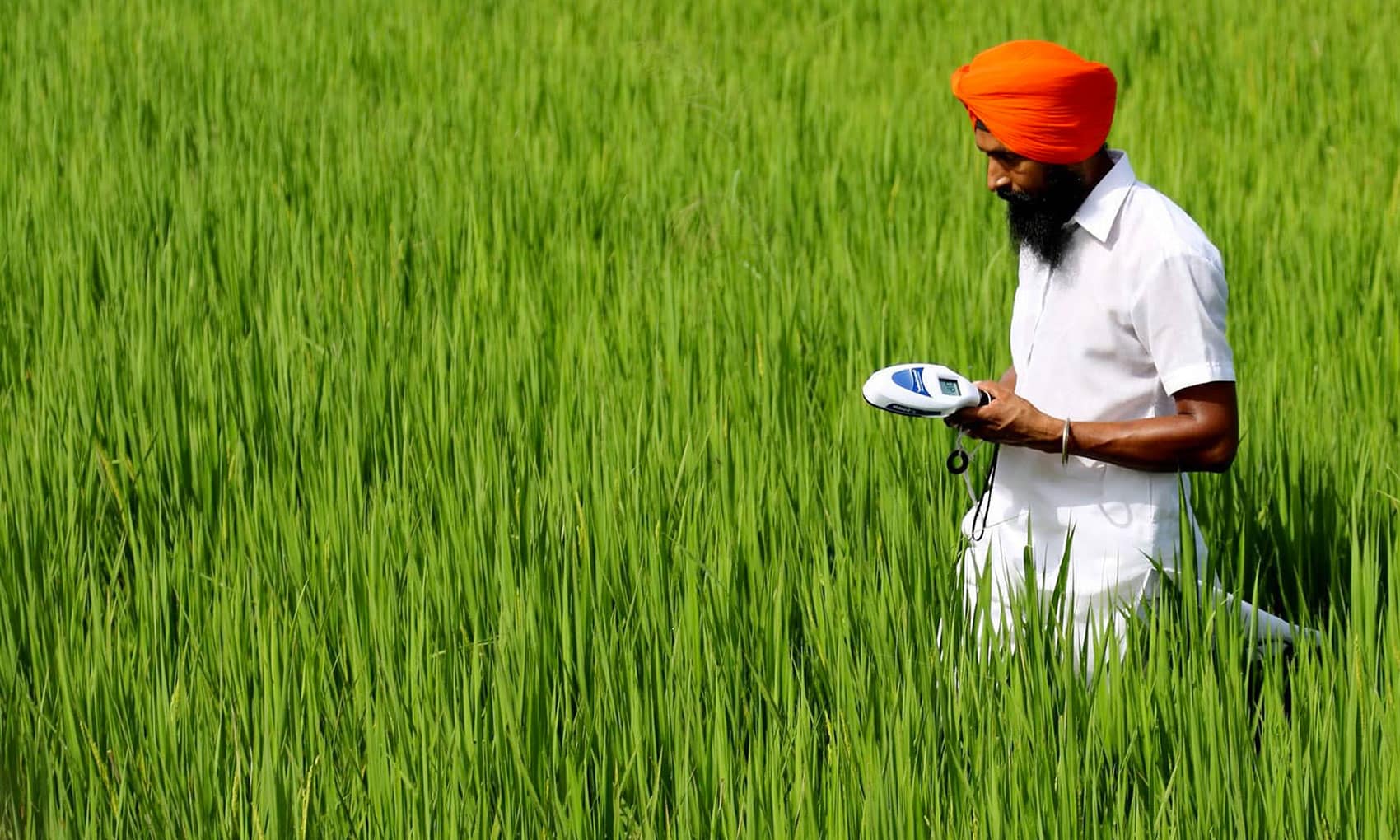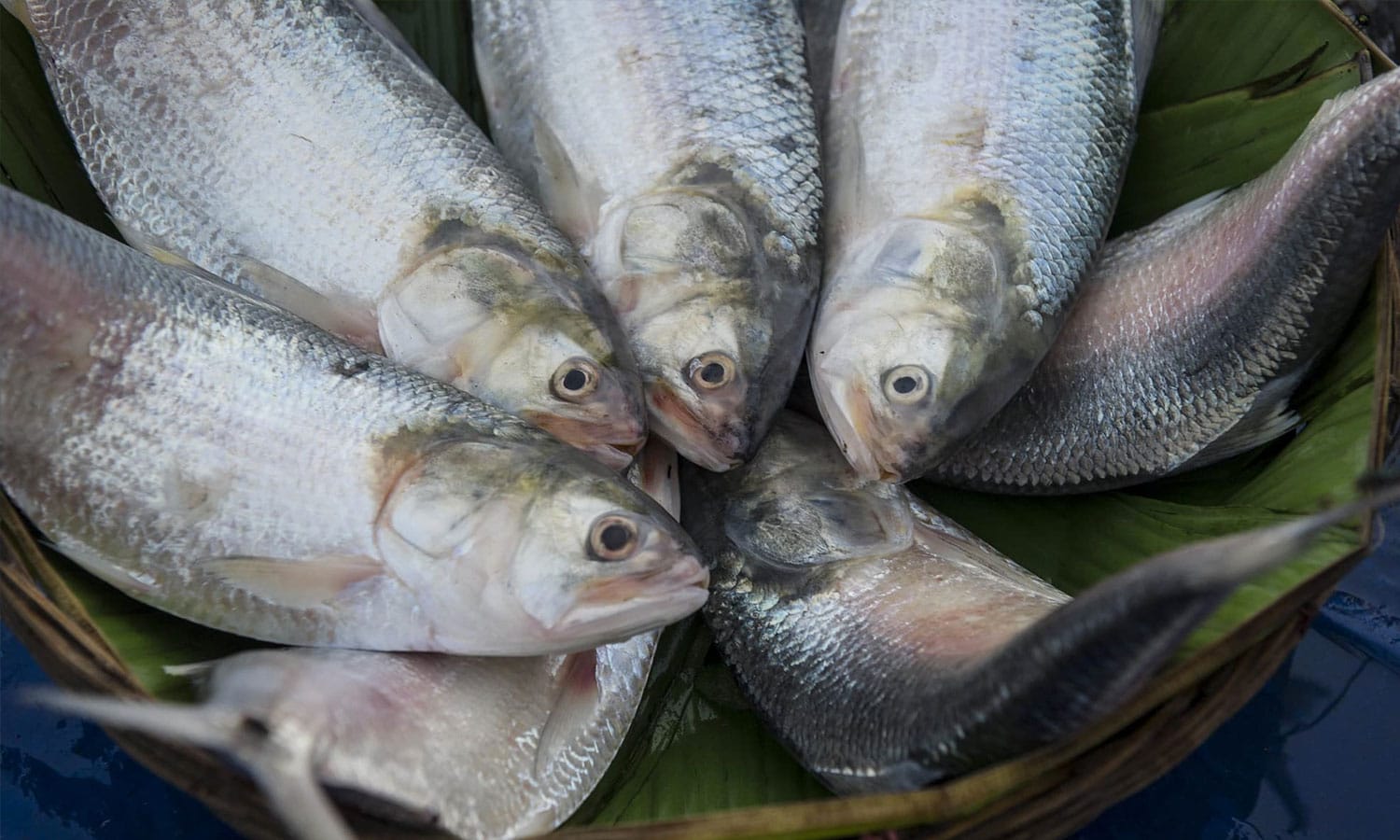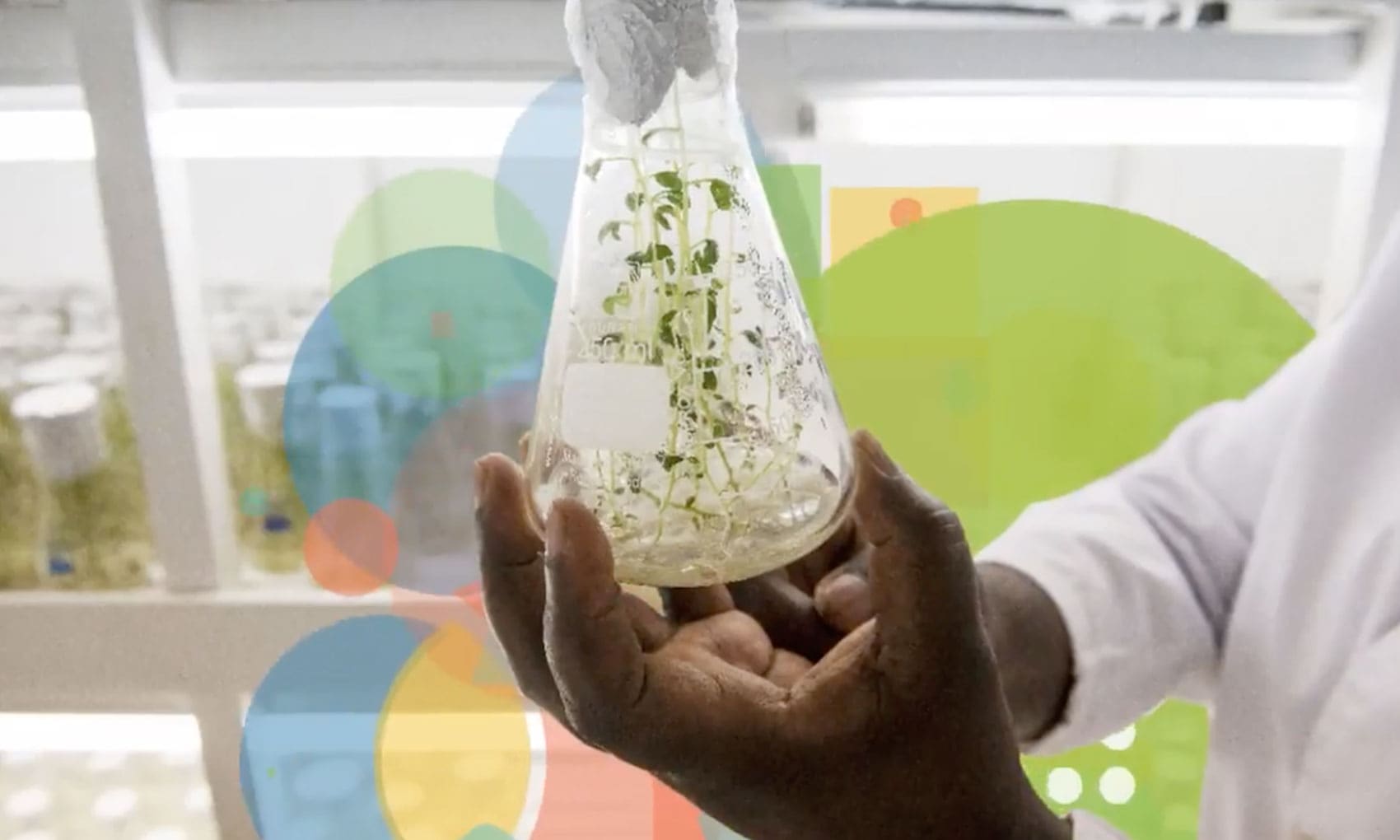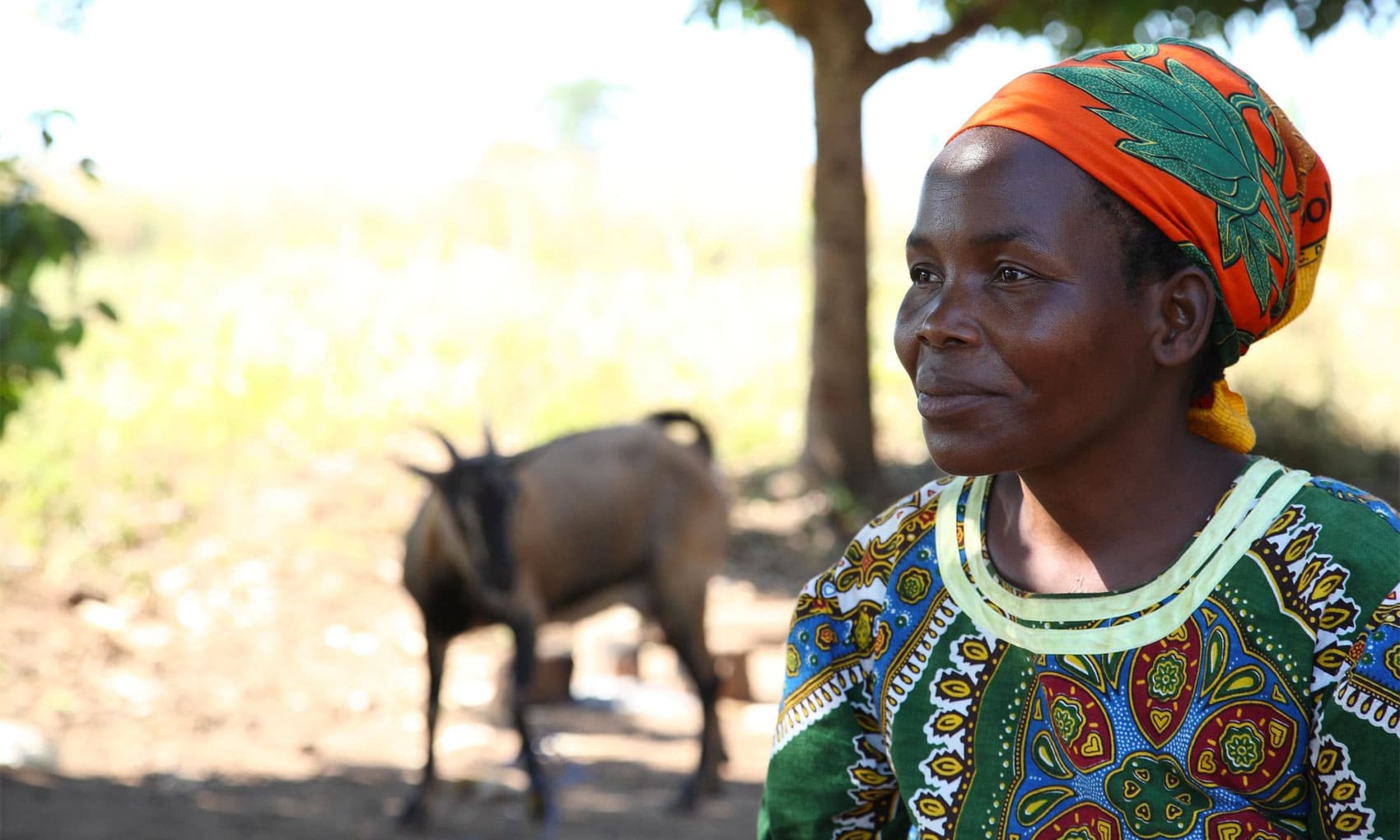Agriculture depends on a healthy natural environment, and the ecosystem services it provides. Increasingly, agricultural research is intertwined with agroecological approaches and the sustainable management of natural resources. CGIAR research has pioneered several approaches in this area, including in relation to agroforestry policy and practice, and in establishing systems for payment for ecosystem services.
Trees provide multiple benefits, from providing clean air and water to temperature control. When it comes to agriculture, trees can also help smallholder farmers and rural people enhance their food supplies, incomes, and health. Housed under the term “agroforestry” is a wide variety of land-use systems and technologies based on planting trees on land that is also used for agriculture and livestock. Agroforestry systems are multifunctional, and can provide a wide range of economic, sociocultural, and environmental benefits. Yet despite the advantages, adoption of agroforestry is often constrained by legal obstacles and the lack of an enabling environment.
In 2014, India – with the support of CGIAR research – became the first country globally to adopt a national agroforestry policy, removing several bottlenecks imposed by policies on agriculture, forestry, water and environment, promoting an integrated land–use system. Nepal followed with its own agroforestry policy in 2019, supported by CGIAR research at World Agroforestry (now CIFOR-ICRAF) and the CGIAR Research Program on Forests, Trees and Agroforestry (FTA). The Association of Southeast Asian Nations (ASEAN) soon after developed agroforestry guidelines, and several other countries in Asia, Africa and the Caribbean followed suit by drafting agroforestry policies and strategies.
Among the many agroforestry approaches making a difference globally is Options by Context (OxC), an approach developed by CGIAR researchers at FTA, which supports local innovation by involving farmers in measuring variation in broad performance metrics across the range of real farm conditions to identify what works where and for whom. The OxC approach has been adopted internationally by the UN Committee on World Food Security’s High-Level Panel of Experts to help transform food systems, and by the Global Commission on Adaptation to strengthen climate resilience. Both bodies recommend use of an OxC approach, citing the underpinning CGIAR research.
OxC programs are a recognized contributor to accelerating impacts of land restoration and market-based agroecological options, affecting more than 5 million people
Vietnam and Peru have both incorporated OxC into new national and sub-national policies and incentives to promote agroecological options, while Ethiopia, Rwanda, and Uganda have added OxC to national agroforestry strategies and policies. OxC programs have been also implemented in a number of other countries, including Kenya, Mali, Niger, and Indonesia, and are now a recognized contributor to accelerating impacts of land restoration and market-based agroecological options, affecting more than 5 million people.
In Peru, CGIAR researchers and partners have developed methods to anticipate, monitor, and measure the effects of introducing a benefit-sharing mechanism in the Cañete River basin. The area previously suffered from degraded land in the upper basin due to overgrazing, subsistence agriculture, and mining. To create more sustainable land use and provide a clean and plentiful water source for all of the basin’s many uses, the Peruvian Ministry of Environment (MINAM) and the International Fund for Agricultural Development (IFAD) – with the support of CGIAR research at the International Center for Tropical Agriculture (now the Alliance of Bioversity International and CIAT), and under the CGIAR Challenge Program on Water and Food (CPWF) and CGIAR Research Program on Water, Land and Ecosystems (WLE) – established a payment for ecosystem services scheme for the area in 2016.
The scheme provides guidance on the design of a trust fund for payments, on the assessment of value for difference ecosystem services, and the identification of priority investment areas for ecosystem conservation. As a result, a sound financial retribution scheme has been established as. The Cañete River basin is now recognized as an official pilot for a national benefit-sharing program, which, if successful, could be scaled up and implemented in an additional 53 river basins, advancing more equitable sharing of water across the country.
Header photo: Farmer Augusto Sangama Piña grows oranges and cacao while practicing agroforestry in Peru. Photo by M. d. A. Guerrero/CIFOR.


